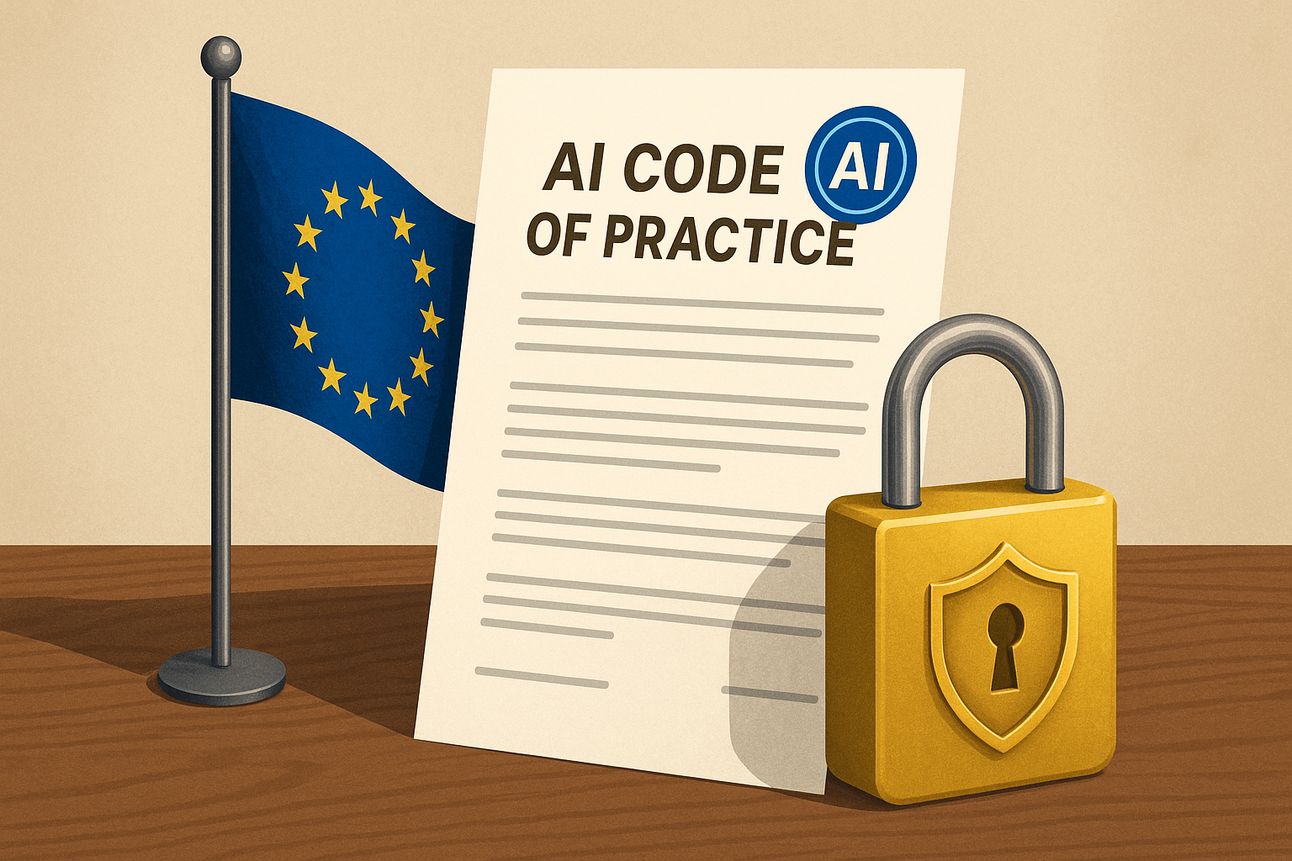- The Midas Report
- Posts
- Freshly dropped, EU's AI Act...A New Compliance Playbook for Businesses
Freshly dropped, EU's AI Act...A New Compliance Playbook for Businesses
4 min read.

The European Union has released its voluntary general purpose AI Code of Practice as a guide for businesses to prepare for the full rollout of the AI Act. This new framework was shaped by over one thousand stakeholders and offers tools for transparency, rights management, and system security. It arrives just before the AI Act enforcement date making it a valuable resource for companies seeking legal clarity and reduced regulatory complexity.
Adopting the code now can position businesses ahead of stricter rules to follow in the next eighteen months.
A Clear Blueprint in a Complex Landscape
The Code of Practice is voluntary but it provides structured guidance on three key pillars that businesses must address. One guidance area is model transparency which includes standard documentation formats that make it easier to explain how AI systems work. Another area focuses on copyright management to ensure content use follows EU rights law. The final set of recommendations helps businesses design and operate systems safely with clear measures to prevent abuse or misuse.
Signing the code signals proactive compliance and may ease administrative burden and regulatory review compared to companies that opt out.
Why It Matters to Business Leaders
The AI Act will apply to all companies operating in or serving the EU as of August this year. High risk systems have stricter rules while general purpose models must meet core transparency obligations. Non compliance can trigger fines up to seven percent of global revenue.
The Code of Practice functions as a bridge between the AI Act’s legal language and practical implementation. It helps businesses transform requirements into operational policies and processes.
What You Can Do This Week
First review one AI process in your business. This might be a customer support chatbot training workflow or an internal analytics tool. Then align it with a relevant section of the Code of Practice. For example use the transparency guidance to document how the model was trained and tested.
Make note of what needed updating and record the benefits. Over time this documentation could demonstrate responsible AI use as the regulations evolve.
The Road Ahead
The EU will begin enforcement of the AI Act next year for new models and in two years for existing ones. Providers that have signed the code may benefit from reduced scrutiny. There is also a plan to release further guidance on model standards before the end of the year.
For businesses in Europe or serving European clients the time to begin compliance is now. Using the code effectively builds trust operational resilience and legal certainty before enforcement begins.
Sources
https://www.wsj.com/tech/ai/eu-lays-out-voluntary-ai-code-of-practice-to-guide-companies-on-compliance-638497a8
https://apnews.com/article/a3df6a1a8789eea7fcd17bffc750e291
https://www.reuters.com/business/eu-code-practice-help-firms-with-ai-rules-will-focus-copyright-safety-2025-07-10